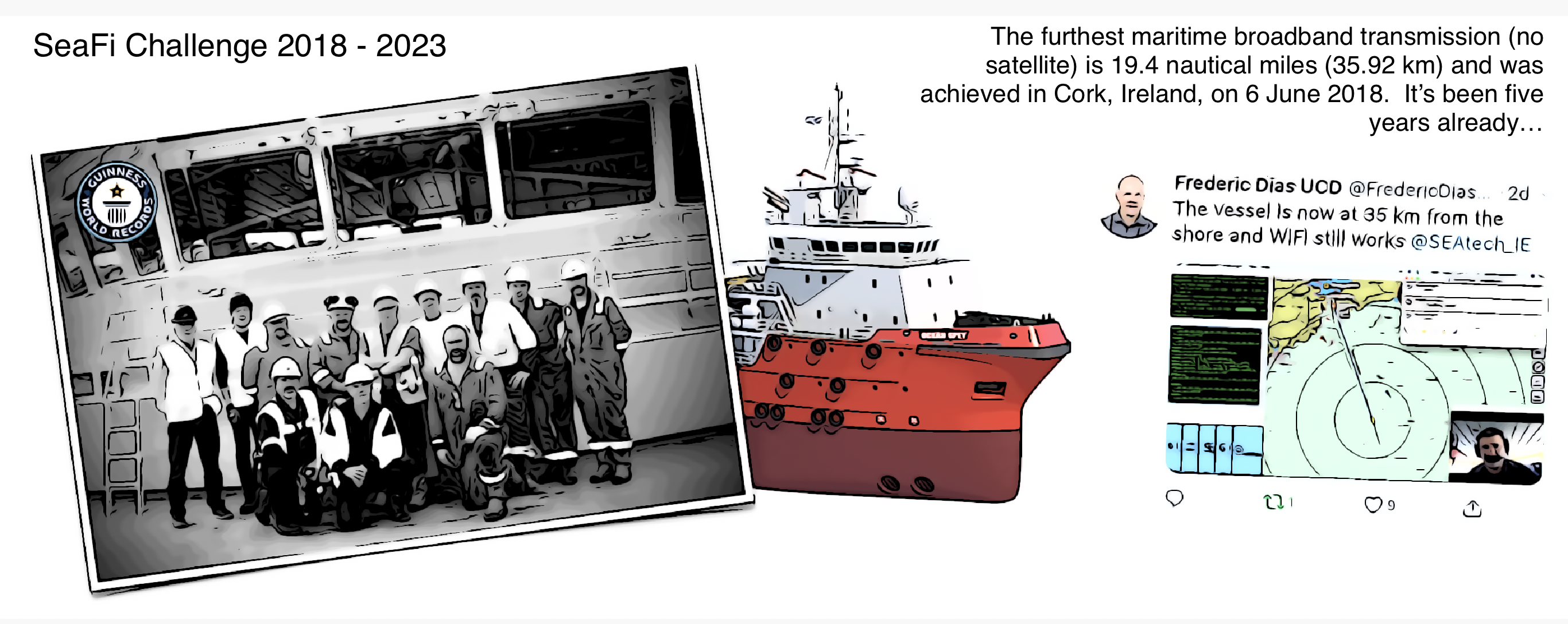
The wave group are delighted to announce some newly published work in the journal Geosciences, which is part of a special issue: Advances in tsunami science towards tsunami threat reduction. The work focuses on the tsunami threat posed by the Lisbon 1755 earthquake event on the Irish coastline and was carried out in collaboration with Brian McConnell of Geological Survey Ireland.
As there is no general consensus on the earthquake source parameters for the Lisbon event, multiple sources introduced in the literature are investigated. The tsunami hazard associated with the event is captured on three gradated levels. With the internally developed massively parallel tsunami code, Volna-OP2, used to simulate the resultant tsunami waves. Regional faster than real time simulations for the North East Atlantic are completed in 93 s using two Nvidia V100 GPUs. Drawing from these regional forecasts, locally refined simulations are carried out for the areas most at risk, again within a faster than real time setting. Finally, high resolution inundation simulations are completed for the identified areas most at risk.
To date this study provides the best estimate of assessing the hazard associated with a Lisbon-type tsunami event for the Irish coastline. Further, the work showcases Volna-OP2's capabilities at producing faster than real time simulations. As tsunami arrival times on the coastline can be on the order of minutes, these faster than real time ensembles could prove to be of great benefit for tsunami warning centres.
Please visit the following link to access the full paper: https://www.mdpi.com/2076-3263/10/6/226
Dan Giles
Irish Research Council Government of Ireland Postgraduate Scholar
(The Office of Public Works and Geological Survey Ireland are acknowledged for providing high resolution LiDAR and nearshore bathymetry data.)
